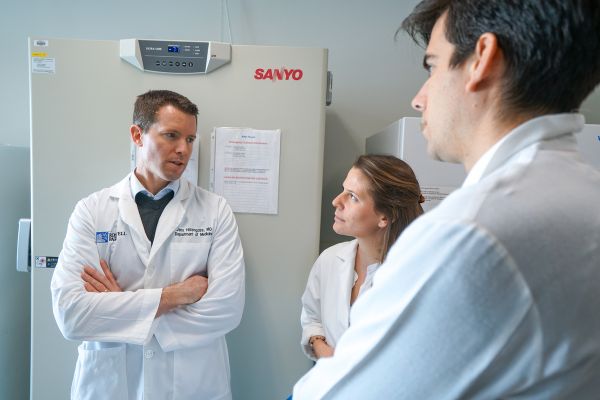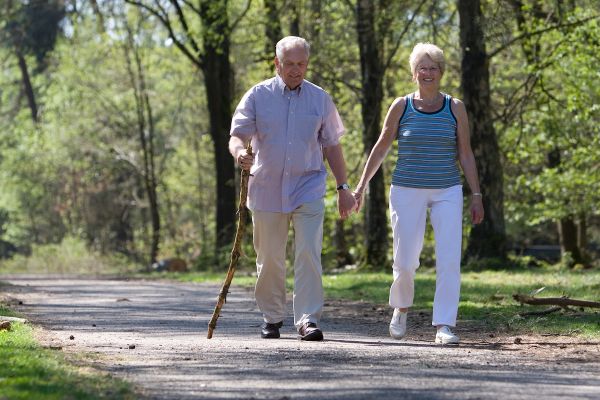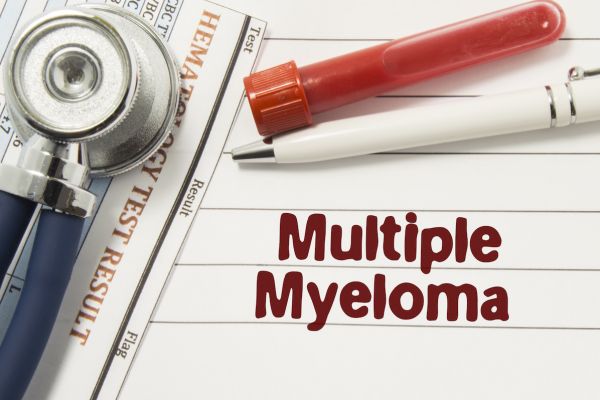Although COVID-19 has temporarily interrupted a study on whether exercise benefits myeloma patients, nevertheless participants are reporting unanimously that they feel better and stronger.
“We cannot analyze the data yet, because the study was put on hold due to the COVID-19 pandemic, but we have not had any significant adverse events, as the patients have strictly adhered to their exercise plans,” says Jens Hillengass, MD, PhD, Chief of Myeloma at Roswell Park.
The study was prompted by Dr. Hillengass’ own myeloma patients, who, when they began to feel better following treatment, asked him when they could return to their normal pre-diagnosis activities, including working out at the gym, biking and gardening.
“I always had to answer that I didn’t know if that would good or bad for them, because their bones are brittle. Therefore, we decided to do some research, because we believe exercise has positive effects on bone stability, immune fitness, mental health, fatigue, resilience and dealing with treatment side effects,” Dr. Hillengass says.
He and the research team hope to learn how to help myeloma patients before, during and after treatment. The study also plans to look at a variety of myeloma patients at different stages of the disease.
“Our first step was to learn if the study was feasible at all, and if patients would adhere to the plan,” Dr. Hillengass explains. “We are comparing quality of life, physical fitness, immune fitness, pain and side effects before and after intervention. We also would like to measure the effect on bone health but don’t have the funding for that yet.”
Dr. Hillengass hopes the study will show that exercise can reduce pain from peripheral neuropathy, a common side effect of myeloma treatment that results from damage to nerves outside the brain and spinal cord; it can cause weakness, numbness and pain in hands, feet and other areas of the body.
“We hope that we can have an influence on bone pain caused by the myeloma; peripheral neuropathy; and the quality of life of patients, especially those in remission,” he says. “We also hope this will lead to patients tolerating treatment better, with fewer infections and fewer side effects.”
William O’Shei, a multiple myeloma patient who is part of the clinical trial, says exercise was an important part of his life before his diagnosis.
“After my diagnosis, I was no longer able to run. I was losing muscle mass and often felt lethargic and fatigued. This program was just what I needed to motivate myself,” he says.
O’Shei worked with Michaela Hillengass, Exercise Trainer in Physical Therapy, to establish a regimen that included aerobic and free-weights training. As part of the trial, O’Shei does a twice-a-week workout and walks three to four miles at home.
Why Roswell Park for Multiple Myeloma?
See what makes Roswell Park unique in treating multiple myeloma.
Learn More“It is not the same as running, but I am enjoying it more than I thought I would,” he says. “I still get fatigued at times, but it is getting better. I’ve lost a little weight, feel stronger and have more energy. Also, my balance has improved.”
Dr. Hillengass says another aspect of the study involves working with the team from Roswell Park’s Department of Cancer Prevention and Control to examine patients with early stages of myeloma to discover how to delay or even prevent progression of the disease.
While the myeloma exercise study is not actively recruiting right now, Dr. Hillengass hopes to continue it as soon as possible.




